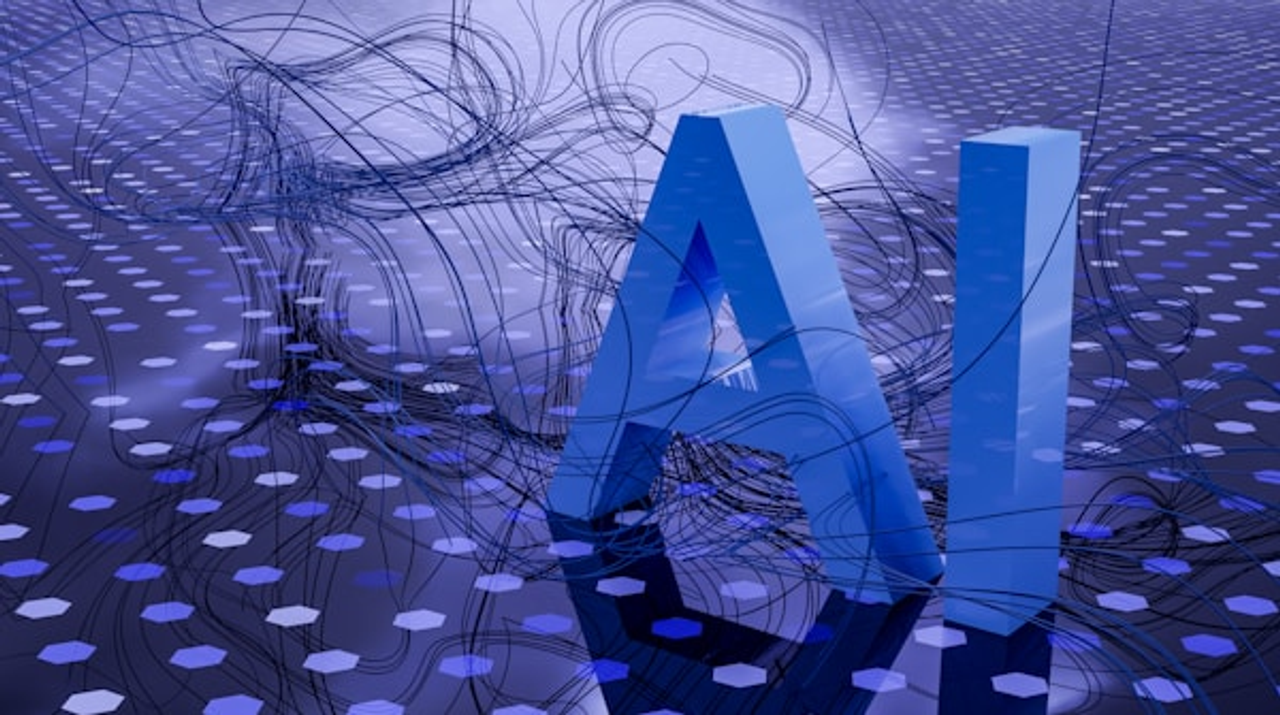The Future of AI in Business Presentations: Beyond Templates

We’re witnessing the biggest shift in presentation creation since PowerPoint launched in 1987.
Traditional presentation tools follow a simple paradigm: provide templates, let users fill in the blanks. But artificial intelligence is fundamentally changing this relationship, transforming presentations from static documents into dynamic, responsive communication experiences.
The Template Era Is Ending
For decades, presentation creation followed a predictable pattern:
- Choose a template
- Replace placeholder text
- Swap out stock photos
- Adjust colors to match brand guidelines
- Spend hours tweaking layouts
This approach worked when presentations were primarily one-way communication vehicles. But modern business demands more sophisticated, personalized, and contextually relevant presentations.
Enter Conversational AI
The next generation of presentation tools doesn’t start with templates—it starts with conversations. Instead of asking “Which template do you want?” AI asks “What are you trying to accomplish?”
Natural Language Content Creation
- Describe your goal: “I need to present Q3 results to the board”
- Provide context: “We missed revenue targets but exceeded user growth”
- Specify audience: “Technical stakeholders who understand SaaS metrics”
- Get structured content: AI generates narrative flow and supporting data
Intelligent Design Decisions
AI analyzes your content to make design choices:
- Color psychology based on your message tone
- Layout optimization for information hierarchy
- Typography selection appropriate for your industry
- Visual metaphors that reinforce key concepts
Real-Time Adaptation
Presentations become living documents that adapt:
- Audience-specific versions generated automatically
- Time-constrained edits when meetings change length
- Cultural adaptations for international audiences
- Accessibility improvements for diverse needs
Beyond Content Generation
The real power of AI in presentations extends far beyond writing and design:
Data Intelligence
- Automatic chart selection based on data types and relationships
- Insight discovery that identifies patterns humans miss
- Predictive modeling that anticipates audience questions
- Real-time data connections that keep presentations current
Presentation Performance Analytics
- Engagement tracking to identify which slides resonate
- Attention mapping showing where audiences focus
- Comprehension testing through interactive elements
- Outcome correlation linking presentations to business results
Collaborative Intelligence
- Style synchronization across team members
- Brand consistency enforcement without manual oversight
- Version control that understands content relationships
- Approval workflows that flag potential issues
The Human-AI Partnership
AI doesn’t replace human creativity—it amplifies it. The most effective AI presentation tools maintain human control while automating tedious tasks:
Humans Excel At:
- Strategic thinking and message prioritization
- Emotional intelligence and audience empathy
- Creative problem-solving and innovative approaches
- Stakeholder relationship management
AI Excels At:
- Pattern recognition across successful presentations
- Consistency maintenance at scale
- Data processing and insight extraction
- Optimization testing across multiple variables
Industry-Specific Intelligence
Generic AI isn’t enough. The future belongs to AI systems trained on industry-specific presentation patterns:
Sales Presentations
- Understanding of sales funnel stages
- Competitive positioning frameworks
- ROI calculation methodologies
- Objection handling structures
Financial Reporting
- GAAP compliance requirements
- Investor relations best practices
- Risk disclosure standards
- Performance benchmarking norms
Technical Documentation
- Architecture diagram conventions
- API documentation standards
- Security requirement presentations
- Implementation timeline formats
The Compliance Advantage
AI-powered presentations offer unprecedented compliance capabilities:
Brand Guidelines Enforcement
- Automatic color correction to approved palettes
- Font standardization across all materials
- Logo placement according to brand standards
- Messaging consistency with approved language
Regulatory Compliance
- Industry-specific requirements built into templates
- Disclosure requirement checking and flagging
- Accessibility standards (WCAG, ADA) compliance
- Version control for audit trails
Challenges and Considerations
The AI presentation revolution isn’t without complexities:
Data Privacy
- Where is presentation content processed?
- How is sensitive information protected?
- What happens to proprietary data after processing?
- How do compliance requirements affect AI capabilities?
Over-Dependence Risk
- Will teams lose core presentation skills?
- How do you maintain authenticity in AI-generated content?
- What happens when AI makes mistakes?
- How do you verify AI-generated insights?
Integration Complexity
- How does AI work with existing presentation workflows?
- What training is required for teams?
- How do you measure ROI on AI presentation tools?
- What’s the migration path from traditional tools?
Preparing for the Transition
Organizations planning for AI-powered presentations should:
Start with Pilot Programs
- Choose low-risk scenarios for initial testing
- Measure time savings and quality improvements
- Gather user feedback on AI-generated content
- Identify workflow improvements and bottlenecks
Build AI Literacy
- Train teams on AI capabilities and limitations
- Establish guidelines for AI-assisted content creation
- Create review processes for AI-generated materials
- Develop quality standards for hybrid human-AI work
Plan for Scale
- Consider infrastructure requirements for AI tools
- Evaluate security and compliance implications
- Design change management processes
- Prepare for competitive advantages and challenges
The Next Five Years
By 2029, we predict:
- Voice-to-presentation creation becomes standard
- Real-time language translation for global audiences
- Biometric feedback integration for presentation optimization
- AR/VR presentation delivery with AI-powered spatial design
Conclusion
The future of presentations isn’t about better templates—it’s about intelligent conversation between humans and AI that produces precisely the right message for exactly the right audience at exactly the right time.
Organizations that embrace conversational AI for presentations won’t just save time—they’ll fundamentally improve how they communicate, decide, and compete.
The question isn’t whether AI will transform presentations. It’s whether your organization will lead or follow in this transformation.
Experience the future of AI-powered presentations today. Try Beautify AI and see how conversational AI creates presentations that perfectly match your message and audience.